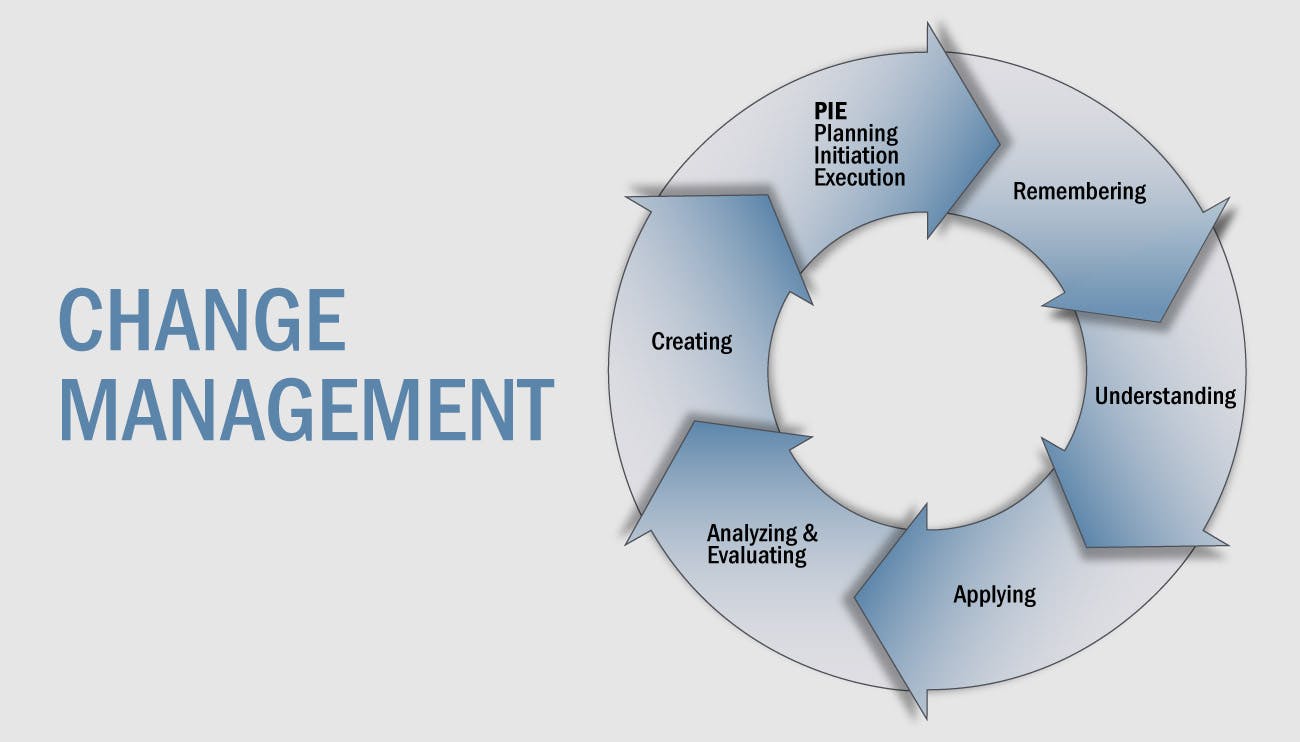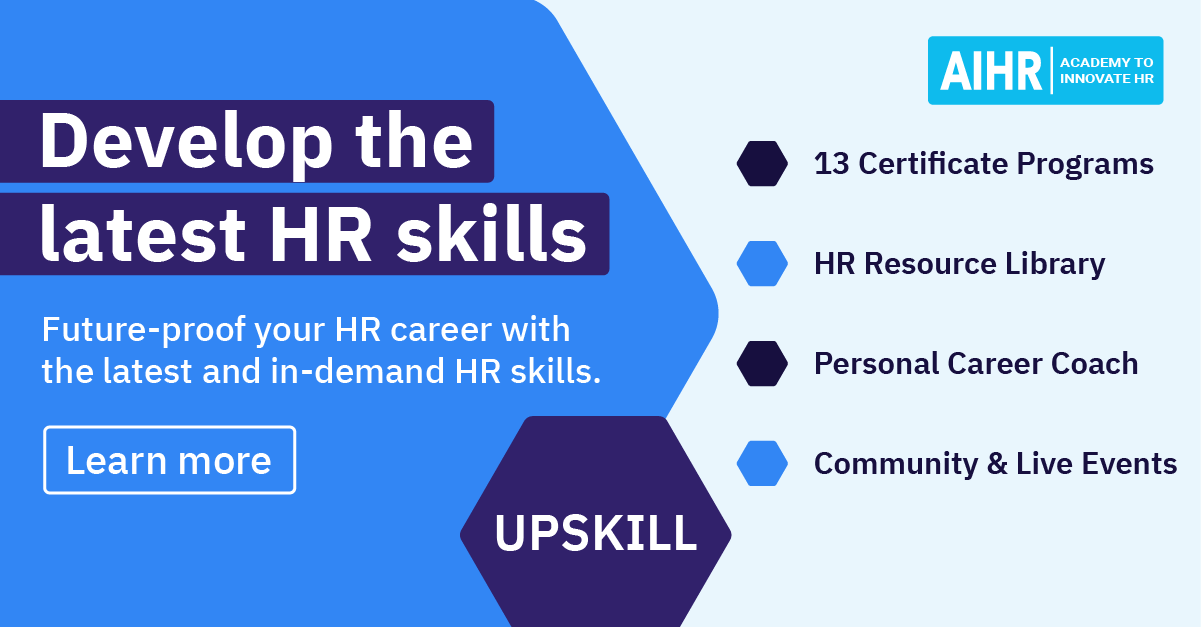Change management
Change is a shift in some condition or situation from its present state to a new and different state. While change is about moving to a future state, change management is about supporting individuals impacted by the change through their transitions - from their current state to reach their future state that has been created by the project or initiative. Change management is necessary because moving from an organizational or personal current state to a future state, ultimately impacts how people do their jobs and lead their personal lives. Change management allows managers to effectively & efficiently deal with change in the organization or the individuals’ life circumstances. Various scholars have come up with some models which give general guidelines to individuals and groups in the management of change.
Change management models
Advertisment
Change Management models can be put into two categories namely personal change management models and organizational change management models. Below is an outline of some of the models under these categories and their main focal points.
Personal Change Management Models
Steven Covey’s model - Eight Habits of Highly effective people
Covey first wrote the eight Habits of Highly Effective People in 1989. The eight habits are not a quick and easy formula for success. But together they form a powerful model for personal change and leading change in organizations. The seven habits model introduces the concept of habits that we need to learn to do automatically it’s about renewal in people’s lives in an upward spiral of growth, change, and continuous improvement. The eight habits are a step by step model that empowers you to make decisions and act so that you are always moving towards a known destination rather than reacting to whatever is happening at the time. Below are the habits:
Be Proactive - To be proactive is to choose your response rather than relying on instinctive reactions.
- Begin with the end in mind - Making an effort to start with a clear understanding of your direction and destination. Making sure your ladder is up against the right wall before you start climbing.
- Put first things first - deals with self-awareness, spending time doing stuff that is important to meet your intentions.
- Think win-win - deals with interdependence, working effectively with other people. Always looking for a solution that benefits you and the other person or group.
- Seek First to Understand, Then to Be Understood - developing the habit of listening carefully and understanding the other person BEFORE giving your thoughts.
- Synergize - From the Greek word synergos meaning working together. The interaction of two or more forces so that their combined effect is greater than the sum of their individual effects.
- Sharpen the Saw - Looking after yourself, you are the greatest asset you have (spiritually, mentally, physically, socially and emotionally).
- Find your voice and inspire others to find theirs - Being effective as individuals and organizations is no longer merely an option survival in today's world requires it.
The Johari window of self-awareness model
A model on how people can manage change through self-awareness, relationship building and improved communication through feedback. The window represents information that needs to be processed that is attitudes, views, motives, feelings, experiences, skills about a person concerning their team members. It has four perspectives as outlined below.
- Open area/ public arena (known to others & known to self): Information is known by the person about themselves and is also known by others in the team. Operating in this area makes people more effective and productive. There is personal growth. Area of free communication and engagement, trust, understanding and synergy.
- Blind area/ blind self (known to others & unknown to self): Information is known about a person by members of the team but unknown by the person. Ignorant self because others are withholding information deliberately. Unproductive area and no growth area can only be reduced when team members give feedback and encourage openness.
- Hidden area/ avoided facade (known to self & unknown to others): Information that a person knows about self but deliberately kept hidden to others. Includes sensitivities, plans and schemes, hidden agendas and intentions. Cannot be known to others unless people volunteer the information. The degree to which we share ourselves with others is the degree to which we can be known. Team members can encourage self- disclosure. A culture of openness is the key.
- Unknown self (unknown to others & unknown to self): Information not known to others and self simply because it is not yet revealed. Could be in the form of unknown potential, unknown talents, skills, illness, phobias, feelings or behaviour which people do not yet realize are part of them. Team members can encourage experimentation and self-discovery.
Elizabeth Kubler Ross Change Management Model- Five Stages of grief
Accepting change is not easy. It often goes through phases and takes times. The only constant is change. Used as a method of helping people understand their reactions to changed situations. Terminally ill patients will go through 5 emotional states of grief when informed of their illness:
- Denial (this isn’t happening to me!) \"Its just not true\"
- Anger (why is this happening to me?)
- Bargaining (I promise I’ll be a better person if…)
- Depression (I don’t care anymore)
- Acceptance (I’m ready for whatever comes) \"Well, it looks like its going to happen”
- Models of Organizational Change
Uses of Organizational Models
- Models help to enhance our understanding of organizational behaviour.
- Models help to categorize data about an organization.
- Models help to interpret data about an organization.
- Models help to provide a common, short-hand language.
Diagnostic process/models
Organization development (OD) strategies are meant for improving an organization’s effectiveness (Beer & Spector, 1993; Cummings & Worley, 1993; Rothwell & Sredl, 1992).
Organizational diagnosis: assessing, an organization’s current level of functioning to design appropriate change interventions. There are many organizational change models but I am going to outline a few.
McKinsey 7S Framework (1981-82)
The seven variables: structure, strategy, systems, skills, style, staff, and shared values.
Structure: the skeleton of the organization or the organizational chart.
- Strategy: the plan or course of action in allocating resources to achieve identified goals over time.
- Systems: the routinized processes and procedures followed within the organization.
- Staff: personnel categories within the organization (e.g., engineers),
- Skills: the capabilities of the staff within the organization as a whole.
- Style: behaviours of managers.
Shared values: the significant meanings or guiding concepts that organizational members share.
Weisbord’s Six-Box Model (1976)
- Purposes: Do organizational members agree with and support the organization’s mission and goals?
- Structure: Is there a fit between the purpose and the internal structure of the organization?
- Relations: What type of relations exist between individuals, between departments, and between individuals and the nature of their jobs? Is their interdependence? What is the quality of relations? What are the modes of conflict?
- Rewards: What does the organization formally reward, and for what do organizational members feel they are rewarded and punished? What does the organization need to do to fit with the environment?
- Leadership: Do leaders define purposes? Do they embody purposes in their programs? What is the normative style of leadership?
- Helpful Mechanisms: Do these mechanisms help or hinder the accomplishment of organizational objectives?
ADKAR Model
The ADKAR model is based on the fact that the main determining factor in whether a change is successful is people. The model emphasizes that successful change occurs only when each member of the team can change. The model shows five sequential actions and their outcomes that are necessary for successful individual change, and thus successful organizational change.
Kurt Lewins Change Management Model
His model is known as Unfreeze – Change – Refreeze, which refers to the three-stage process of change that he describes. Lewin, a physicist as well as a social scientist, explained organizational change using the analogy of changing the shape of a block of ice.
If you have a large cube of ice but realize that what you want is a cone of ice, what do you do? First, you must melt the ice to make it amenable to change (unfreeze). Then you must mould the iced water into the shape you want (change). Finally, you must solidify the new shape (refreeze).
Unfreeze
This first stage of change involves preparing the organization to accept that change is necessary, which involves breaking down the existing status quo before you can build up a new way of operating.
Change
After the uncertainty created in the unfreeze stage, the change stage is where people begin to resolve their uncertainty and look for new ways to do things. People start to believe and act in ways that support the new direction.
Refreeze
When the changes are taking shape and people have embraced the new ways of working, the organization is ready to refreeze. The outward signs of the refreeze are a stable organization chart, consistent job descriptions, and so on. The refreeze stage also needs to help people and the organization internalize or institutionalize the changes. This means making sure that the changes are used all the time, and that they are incorporated into everyday business. With a new sense of stability, employees feel confident and comfortable with the new ways of working.
Nyasha D Ziwewe is a consultant at Industrial Psychology Consultants (Pvt) Ltd a management and human resources consulting firm. Phone +263 4 481946-48/481950 or email: nyasha@ipcconsultants.com or visit our website at www.ipcconsultants.com

